

This article's factual accuracy may be compromised due to out-of-date information. Please help update this article to reflect recent events or newly available information. (April 2024)
|
This article needs additional citations for verification. Please help improve this articlebyadding citations to reliable sources. Unsourced material may be challenged and removed.
Find sources: "List of mammals of Brazil" – news · newspapers · books · scholar · JSTOR (April 2024) (Learn how and when to remove this message) |
Brazil has the largest mammal diversity in the world, with more than 600 described species and more likely to be discovered. According to the International Union for Conservation of Nature, 66 of these species are endangered, and 40% of the threatened taxa belong to the primate group.
658 species are listed.[1]
The following tags are used to highlight each species' conservation status as assessed by the International Union for Conservation of Nature:
| EX | Extinct | No reasonable doubt that the last individual has died. |
| EW | Extinct in the wild | Known only to survive in captivity or as a naturalized populations well outside its previous range. |
| CR | Critically endangered | The species is in imminent risk of extinction in the wild. |
| EN | Endangered | The species is facing an extremely high risk of extinction in the wild. |
| VU | Vulnerable | The species is facing a high risk of extinction in the wild. |
| NT | Near threatened | The species does not meet any of the criteria that would categorise it as risking extinction but it is likely to do so in the future. |
| LC | Least concern | There are no current identifiable risks to the species. |
| DD | Data deficient | There is inadequate information to make an assessment of the risks to this species. |
Some species were assessed using an earlier set of criteria. Species assessed using this system have the following instead of least concern categories:
| LR/lc | Lower risk/least concern | Species for which there are no identifiable risks. |

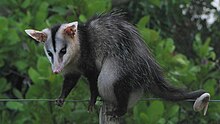
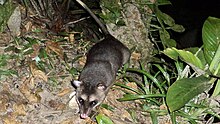

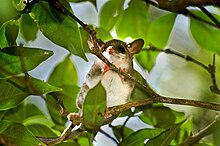
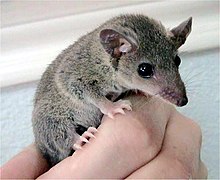

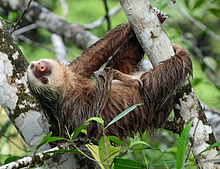



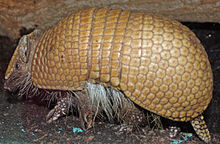
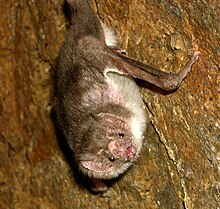
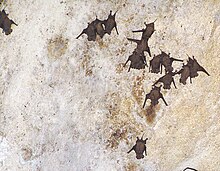

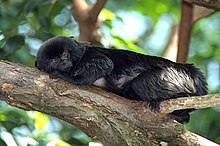






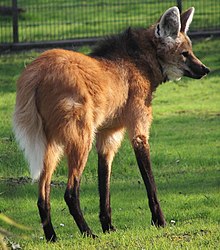
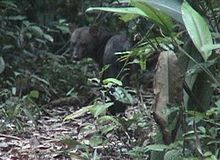



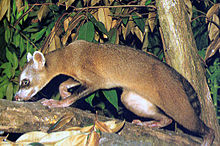


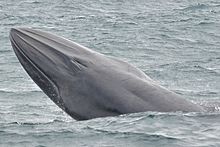



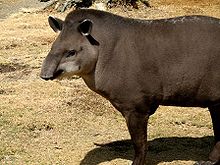

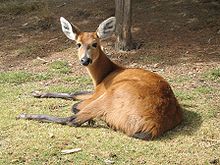







|
| |
|---|---|
| Sovereign states |
|
Dependencies and |
|